To keep your mind connected and use free time as a way to focus on training and knowledge, we chose 25 of the best books to read during this period.
1. Sapiens: A Brief History of Humanity, by Yuval Harari
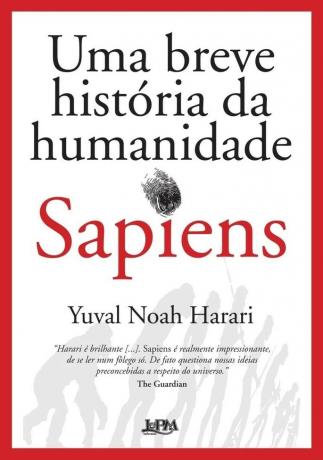
In this book, the author gives a historical overview of humanity, since the coexistence of homo sapiens with other human species to the technological and political advances of today.
The author makes a mix of history, paleontology, anthropology and sociology, which puts the reader in contact with different sciences in an interdisciplinary proposal.
The book can give the student a good reading of the path taken by humanity throughout history. Furthermore, some issues are debated or brought to the fore.
2. Short Answers to Big Questions, by Stephen Hawking
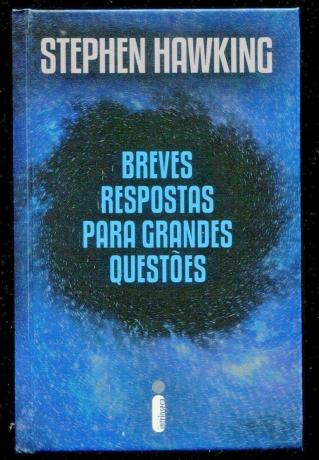
The book is a collection of texts written by physicist and astronomer Stephen Hawking, which answer some questions asked him throughout his career.
God exists? How it all began? Can we predict the future? What's inside a black hole? Is time travel possible? How will we shape the future? These are some of the issues found in the book.
3. Ideas to Postpone the End of the World, Ailton Krenak

The book is a compilation of ideas expounded by Ailton Krenak, one of the greatest indigenous thinkers in the country.
The central axis of the book is a critique of the perception of human beings as being separated from nature. For the author, this thought would make human beings feel superior to nature, being able to dominate and even destroy it, heading towards the end of the world.
The book proposes a new way of existence that perceives human beings as equal to everything that nature has already produced.
4. Essay on blindness, by José Saramago
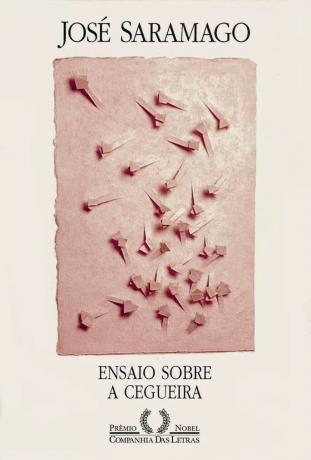
In Blindness essay, José Saramago, Portuguese writer who won the Nobel Prize for Literature, narrates the trajectory of an epidemic that causes white blindness in people.
The chaos generated by this epidemic brings out the most harmful characteristics of human beings, creating an environment of pain, uncertainty and hopelessness. Only one character is given the power to see and observe the most evil and cruel faces of people.
5. Lord of the Flies, by William Golding
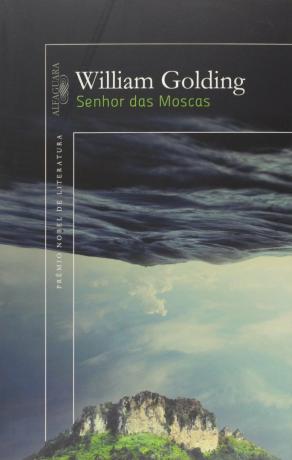
Another Nobel Prize winner for Literature who exposes the violent and chaotic nature of human beings is Willian Golding.
In lord of the flies, the author portrays the lives of teenagers surviving a plane crash, who are trapped on a desert island.
Throughout the plot, freedom from the absence of authority becomes a classic example of the Hobbesian state of nature of war against everyone.
6. Animal Revolution, George Orwell

Animal Revolution, is, according to Orwell, a fairy tale. In it, farm animals promote a revolution to free themselves from their oppressive human owners.
The plot shows the decline of animal society. In a short time, the free and egalitarian environment, right after the revolution, gives way to a tyranny full of privileges dominated by a group of pigs, harder and more perverse than before (human).
The book is a critical allusion to the revolutionary process that took place in Russia and Soviet socialism, which had a promising beginning with Lenin and its decline with the paths taken by Stalin.
George Orwell is also the author of one of the most classic books that portray a dystopian future: 1984. In this book, the author created the concept of big brother, an omniscient entity that observes and judges everyone's action, used by the famous reality show.
7. Brave New World by Aldous Huxley

Brave New World by Aldous Huxley and 1984 by George Orwell are the most classic examples of dystopias in literature.
Unlike 1984, when everything was prohibited and controlled by the State, in Brave New World, there is an overvaluation of individuals who live in absolute permissibility and freedom.
This supposed freedom contrasts with a severe caste regime and a series of internalized and, therefore, insurmountable rules.
All this combined with consumerism and a drug, called "sum", administered to citizens, which prevents them from experiencing suffering.
8. Fahrenheit 451, by Ray Bradbury
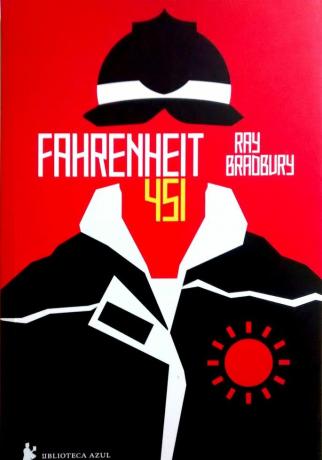
Published in 1953, Fahrenheit 451, is a fiction that points to a dystopian (near) future. In it, there is a society based on the control of its citizens and on repression, where knowledge and critical thinking are prohibited.
The main character is a government official responsible for burning books, called "fireman". The name Fahrenheit 451 is a reference to the paper's firing temperature (451º F or 233º C).
Together with 1984, by George Orwell, is one of the classic predictions of a future in which television plays an important role in shaping the understanding of the world, favoring the maintenance of status quo.
9. Aia's Tale, Margaret Atwood
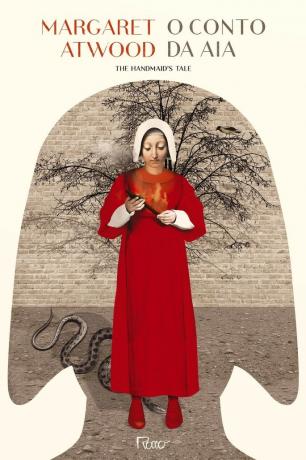
Aia's Tale is a multi-award winning book, written by Margaret Atwood in 1985. It also has a dystopian future, giving rise to the famous TV series of the same name (originally, the handmaid's tale).
In The Tale of Ah, the author describes a society based on a religious fundamentalism, misogynist and stratified, controlled by men, from the perspective of her protagonist Offred / June.
Offred is a name given by the system, of fred it would mean "from Fred" (Fred is the name of the commander who owned it). Her real name, before the institution of the theocratic regime, was June.
In this place, women are divided into castes according to a pre-established social function. Offred, who is an aia (maid, nanny) of one of the system's commanders, takes on an important role in the resistance to the regime.
10. Persepolis, by Marjane Satrapi

Persepolis is an autobiographical account in comic book form. In it, the author Marjane Strapi recounts her life from the age of six to fourteen, during the period of the Islamic revolution that took place in Iran.
The book raises questions about the relationship between the government and its citizens, the repressions experienced and daily events from a girl's perspective.
Persepolis combines its beautiful illustration with historical accounts, giving a dense and particular look at a time.
11. The Origins of Totalitarianism, Hannah Arendt
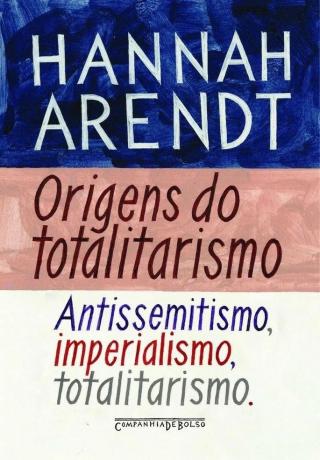
Philosopher Hannah Arendt makes a study of the development of anti-Semitism to the height and decline of totalitarian rule in Nazi Germany.
In it, the thinker debates the idea of terror and violence as ways of controlling large populations and the construction of a political ideal based on the extinction of another people.
12. Anne Frank's Diary by Anne Frank

Anne Frank's classic recounts the period when the girl lived with her family hidden in a hidden room of a building in Amsterdam.
During the more than two years of invasion, the girl documented in her diary the episodes that occurred with her and her family during the second war.
13. Evils, by Art Spiegelman

Art Spiegelman, cartoonist, in Maus, recounts his father's experience in Auschwitz, the famous Nazi concentration camp, during World War II.
The book is in comic book format. In it, Nazis are depicted as cats, while Jews are depicted as rats (bad, in German) and suffer the horrors of the holocaust.
The author develops the conflicting relationships with his father and the contradictions related to the meaning of being a Jewish concentration camp survivor.
14. Small anti-racist manual, by Djamila Ribeiro

The philosopher Djamila Ribeiro seeks in her book to debate, in a simple way, several issues related to structural racism existing in Brazil.
The author aims to stimulate reflections on racism, evoking the thoughts of authors who are specialists in issues of oppression and racial domination.
15. Gilberto Freyre's large house and slave quarters
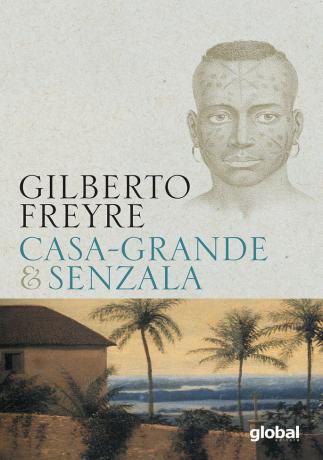
big house and slave quarters is one of the great classics of Brazilian literature. In it, sociologist Gilberto Freyre gives an overview of the formation of the Brazilian people.
The author shows Brazilian society being formed from a process of miscegenation between indigenous peoples from Brazil, enslaved African blacks and white Europeans.
The book is the target of numerous debates, criticisms and studies on the formation of Brazilian society and racial democracy in the country.
16. The Brazilian People, by Darcy Ribeiro

The Brazilian people is the main work of the anthropologist Darcy Ribeiro. It points to the process of formation of Brazilian society, the presence of different "Brazils" within Brazil and the cohesion around an idea of nation.
In it, the author discusses the form of occupation and urbanization present in the country, as well as the inequalities present in this system and the modes of development of a people-nation with its own ethnicity national.
17. Carandiru Station, by Drauzio Varella
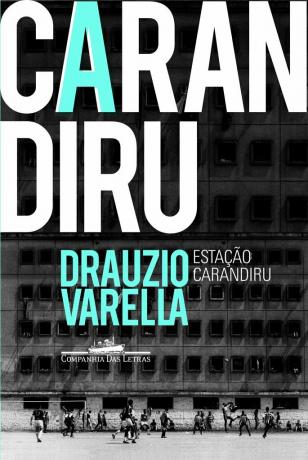
O best seller by Drauzio Varella is a compilation of the accounts of prisoners at the São Paulo House of Detention (Carandiru). They were collected during the time he worked as a volunteer doctor in the prevention of infectious diseases within the prison system.
The book of accounts ends with the episode of the massacre that took place in October 1992, in which 111 prisoners were killed during a rebellion, 102 of them by the São Paulo police.
The book gave rise to the film Carandiru, which includes the participation of Milton Gonçalves, Rodrigo Santoro, Lázaro Ramos, Wagner Moura, among others.
18. 1968: The Year That Has Not Ended, by Zuenir Ventura
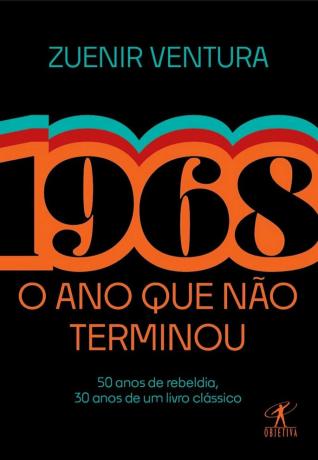
Novelist and journalist Zuenir Ventura writes about 1968, one of the most troubled years of the 20th century. 1968 was a year of extreme ferment in politics, like the mythical French May 1968, in which demonstrations for freedom echoed around the world.
In Brazil, Zuenir Ventura portrays the year of hardening of the military regime, which culminated in the promulgation of Institutional Act Number Five (AI-5), on December 13, 1968.
19. The Hour of the Star, by Clarisse Lispector
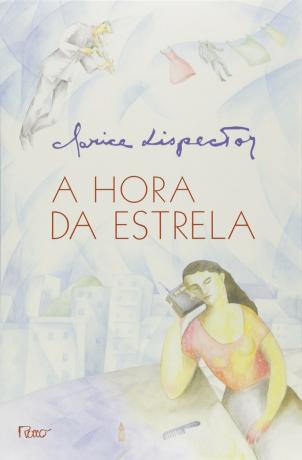
The book star hour is one of the greatest works of Brazilian literature. In it, Clarisse Lispector brings out existential and philosophical questions that lead the reader to delve into the depths of the main character, Macabea, as well as the narrator, Rodrigo S. M. (which represents the author herself).
Issues relating to life and death, the meaning attributed to relationships and also to issues of migration within the country are constantly present throughout the plot.
star hour it is an essential reading for anyone interested in the classics of national literature.
20. Tropical Nights, by Nelson Motta
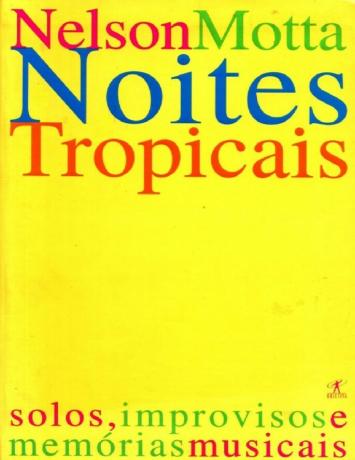
For those who like books about music, journalist and writer Nelson Motta's book is a journey through the backstage of MPB.
The book is reminiscent of countless moments in Brazilian music that took place from the late 1950s to the early 1990s.
21. Women who run with the wolves, by Clarissa Pinkola Estés

Author Clarissa Pinkola Estés is also a Jungian psychoanalyst. In her book, she analyzes 19 myths, legends and fairy tales, to understand how the role of women in society is constructed.
The author's objective is to rescue the female archetype through the recognition of the processes of docility and domestication of the wild nature of women.
22. The Second Sex, by Simone de Beauvoir

Philosopher and writer Simone de Beauvoir is one of the greatest exponents of feminism in the world. the second sex it revolutionized the debate about the female condition and is still mandatory reading for anyone who wants to delve into the subject.
In it, the author discusses the objectified condition of the woman as a "non-man", without the right to her own subjectivation and existence.
The term "men" as a synonym for humanity is an unmistakable indication that male domination permeates several areas, including language itself.
23. Let's all be feminists, Chimamanda Adichie

The book is a challenge launched by Nigerian writer and activist Chimamanda Ngozi Adichie, author of several best-sellers that address issues related to feminism.
The book is adapted from a TEDx conference. In it, the author talks about inequalities and the need to change the way we educate and act in the world, in favor of a fairer and happier world for both sexes.
This lecture given by Chimamanda Adichie was adapted by artist Beyoncé, in her hit, flawless (2014).
24. Caliban and the Witch, by Silvia Federici
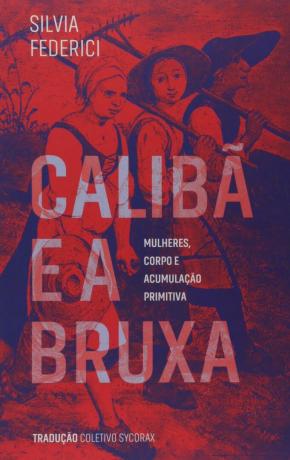
The author, Silvia Federici, is an activist and scholar of feminism. In Caliban and the Witch, she performs an associative analysis between the witch hunt and the beginning of a sexual division of labor.
For the author, this persecution of witches took power away from women and repositioned them as the basis of capitalism's system of exploitation. Unpaid homework became a female responsibility, making the structure of capital accumulation possible.
25. Capitalism in Debate, by Nancy Fraser and Rahel Jaeggi

The book is a debate between authors Nancy Fraser and Rahel Jaeggi about aspects of the contemporary world.
The themes revolve around economic, social, political and environmental issues and bring to light the importance of pointing out new paths in search of an ideal of social justice.
The book discusses the superficial moralization of politics, which omits the common foundation of class and gender oppression, and the authors point to a possible future of capitalism.


